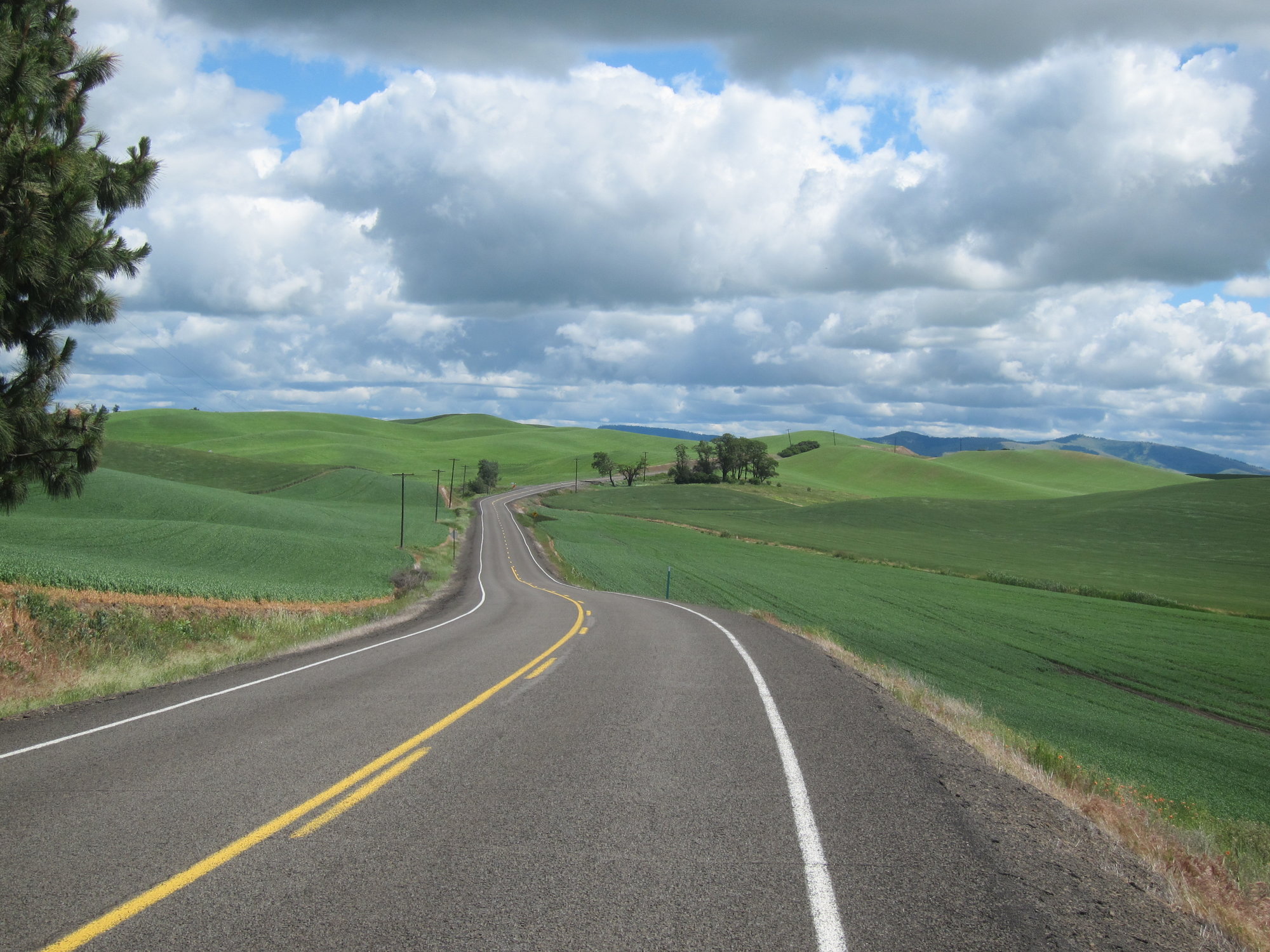Rich - Welcome to the touring forums.
I've done routing for many years and can share some general ideas on routes.
ACA routes - especially the well-established ones like the Trans Am and Northern Tier -
have the advantage of roads already checked out, services, and communities familiar with cyclists.
But, as was said above, they may not go where you want to go.
And there is no reason you can't plot your own route. It just requires careful planning.
For many people who have a hard enought time taking 10 weeks off,
having a route already mapped and researched is a relief.
Not to mention that cyclists' preferences for what is a "Good Route" vary.
We'd all like empty roads, free campgrounds, great cafes day after day.
Except that it don't happen that way.
By definition, if there's no traffic, there won't be any services.
And if the scenery is mind-blowing, then you're likely to have company.
I'm one of those cyclists who prefer empty roads to services.
Give me enough water and PB&J sandwiches and I can ride forever.
But there are folks who stop in motels every night and eat in restaurants.
It's all good. But it means that the "perfect route" isn't written in stone.
In fact, for most people it's a mix of the above.
If you want to plan out your own route familiarize yourself with AADT.
That's "Average Anual Daily Traffic" - most start DOTs have maps with the data.
My general AADT ratings for 2-lane roads are:
Less than 500 - Magical
500-999 - Pleasant
1000-1999 - O.K., but pay attention
2000-3999 - Busy, shoulders are helpful
4000+ - Heavy traffic, shoulders essential
500 may seem like a lot of cars, but it is for 24 hours, both ways.
That averages out to 10 cars per hour on your side - or 1 every 6 minutes.
Most traffic is concentrated during morning and evening -
So, the hours between 9a and 4p usually have less.
Remember, also, that it is almost impossible to avoid tough stretches.
You will almost always have to get on a tricky road from time to time.
The goal is to keep these bad stretches to the absolute minimum.
Most people who have toured for a long time have done both ACA and their own routes.
Like anything, route finding comes with experience and becomes second nature after a while.
Thus, for newbies it does make sense to stick to established routes.
Then branch out when you know the waters.
Or just jump right in - your choice.
 Back road in the Palouse, Washington state
Back road in the Palouse, Washington state